One wonders what happened to the close political connectivity between India and Nepal. There was a time when political leaders could pick up phone and call their counterparts without any formality. The relations that were forged with shared ideological underpinnings seem to have lost that common purpose by the passage of time. The marvelous shared political history between the two countries is confined to textbooks now.
Indians and Nepalis had struggled together against British imperialism and stood in support of democracy. Nepalis had participated in the Indian independence movement and the Indian leadership was supportive of their movement for democracy that was against the rule of Ranas.
Many young school and college going Nepali students had participated in India’s freedom struggle and Nepal’s democratic movement. Young school going students, especially from Terai, were influenced by the personality of Gandhi and Nehru, and were involved in picketing or participated in processions. Those in college-going age, enthused by the democratic ideals and principles, not only participated in India’s freedom struggle but also formed political parties. There were Indian Nepalis raising their voice for the socio-political reforms in Nepal. Then there were Ranas living in India who were active in Nepal’s democratic movement. In fact, Subarna Shumsher was instrumental in starting Nepal Democratic Congress in India, which later merged, with the Nepali National Congress to form Nepali Congress in 1950. The Nepali Communist Party also took birth in India in 1949. The pro-democratic, anti- Rana Nepalis believed that unless India got freedom from the British, their democratic movement would not be successful in Nepal. Most of the Nepali leaders were either born or educated in India or were from those families who had come to India to avoid harassment by the Ranas.
Most of the young Nepali political activists had interactions with the socialists within the Indian Congress like Acharya Kriplani, Ram Manohar Lohia, Jaya Prakash Narayan etc or the communists who not only were ideologically connected but also helped them in their movement in Nepal. Ganeshman Singh in his autobiography says that Indian leaders like Jaya Prakash Narayan and Ram Manohar Lohia extended support to get arms and ammunitions from Myanmar in their fight against the Ranas.
After India got independence and Nepal became democratic, there was still closeness between the leaders even though they were in their own political trajectories. The goal of both the countries was nation- building and similar strategic concerns from China. The Nepalese democratic leaders in prominent positions were young men whereas PM Nehru and others in India were old stalwarts. Young Nepali leaders respected them, some were in awe of them but relations with socialists in India were stronger.
The question is then what went wrong in the political relationship in the early fifties.
It is widely believed by the nonagenarian leaders that Nepali Congress was not happy with the compromise between political parties (Congress and the Communists) and the Ranas to form government in 1950. The political compromise was done with the Indian mediation in New Delhi. BP Koirala and his supporters were of the opinion that their movement was still incomplete, as the Ranas were not overthrown. They blamed Nehru for the political compromise. A faction of Nepali Congress was upset by India on the choice of Nepal’s first Prime Minister. They believed that MP Koirala, for the post of prime minister, was India’s decision. The struggle for power within a party or between parties took the form of tarnishing each other’s image which many times took the form of nationalism. Treaties or agreements signed with India were brought in the domestic political discourse especially by those indulging in oppositional politics.
Sometimes some stories are repeated so many times that they take the form of myths. The tenure of India’s first ambassador CPN Singh has assumed mythical proportions. During my personal interaction with Ramhari Joshi, a young school going activist in the 1940s and later tourism minister from Nepali Congress; he remembered an incident when BP Koirala told CPN Singh that `Nepal was not Muzzafarpur’. BP was miffed by the ambassador for his alleged role in supporting MP Koirala and not BP Koirala for the post of Prime Minister. Contrary to this in a letter written to Nehru MP Koirala appreciated the constructive role of CPN Singh and in the corresponding mail sent on 31 July 1952, Nehru wrote that, “It was my wish to transfer him soon after I wrote to you. But, then, I was given to understand by you that you would like him to stay on for some time more in Kathmandu because of his experience. Later, His Majesty the King, when he came to Delhi, pressed me to the same effect and expressed his wish that Shri CPN Singh continuing as our Ambassador to Kathmandu for a few months more and till the proposal about our sending some civil officers to help you had been settled”. In subsequent years the role of Indian embassy has been magnified to such an extent that it is held responsible for all the political changes within the country from changes in government to placement of new prime ministers. Despite all these pinpricks, the relationship between the leaders of the two countries was warm and cordial.
During the Panchayat rule when political parties were banned and their party workers arrested; many political leaders came to India. Nepali political commentators have blamed the Panchayat rule for starting the anti- India pro-nationalist politics. If a party or leader was perceived as getting support from India then it was easy to use anti-nationalist label. Such narrowly defined politics meant that any association with India had to be criticized and was projected as contrary to Nepal’s national interest. Despite having family connections with India from his mother's side, as she was from Sitamarhi, King Mahendra was tilting towards China because he felt that Delhi’s behaviour towards him did not befit a King. Bishwabandhu Thapa, former General Secretary of the Nepali Congress, said that there is an attitudinal problem that emerges from India’s size and Nepal’s inferiority complex. This inferiority complex was and is Nepali nationalism.
Interestingly, Prime Minister Oli felt the same when some of the Indian representatives met him in 2016. He was upset by the mannerisms, tone and tenor that was not appropriate in front of the Prime Minister of a country.
These are those complexities which cannot be measured or evaluated and neither those practical issues of realpolitik be brushed aside. Domestic political compulsions or regional political dynamics have their own place and influences, which cannot be ignored. Nonetheless, while cultivating relationships each aspect matters including perceptions.
With the passage of time the old leadership disappeared or was sidelined. The fading off of the socialist leaders from the political power weakened Nepal’s outreach in India. The political connections between the communists and congresses of the two countries remained but are not so active and effective in the present time. As long as the struggle was against the Ranas or Panchayat, the political parties in Nepal continued to have links with Indian politicians. However, when the King was removed from power in 2008, the political connections disrupted instead of getting strengthened. Firstly, monarchy acted as a cushion and brought the political leaders of the two countries on common grounds of democracy. Secondly, those political parties suffering from internal weaknesses and power struggles used anti-Indianism as a weapon.
Present leadership in India and Nepal were born post 1947. They do not carry the old emotional baggage of the past. The leaders in Nepal are practical and want to get benefits for the country irrespective of the source. It is easy for them to get public support from those politically conscious people who have grown up in anti-India rhetoric. As such the present generation in Nepal is confident. Many have been educated in western universities and do not have the same emotional connect with India that their predecessors had. The structural changes in Nepali politics also had an impact on the relations. Such as during the border blockade of 1989, political parties and people questioned the King and it actually intensified the anti-King, pro-democratic protests. In 2015 blockade, the ire of the parties and people was against India. Prime Minister Oli got political benefit from this.
Some Indian television channels had shown PM Oli in poor light and that led to Nepal banning almost all the Indian news channels except the official channel, Doordarshan. Interestingly, some media reporting had infuriated Nepal in 1954. In his letter to PM MP Koirala in May 1954, PM Nehru wrote, “I was distressed to find that the Searchlight newspaper of Patna has been writing highly objectionable article about Nepal. The Editor of the Searchlight is not an example of intelligence. Anyhow, I have written to the Chief Minister of Bihar to pull the Editor up.” These kinds of assurances with a personal touch can diffuse tensions.
Indian leaders also do not carry such emotional baggage of the past. The generational change in India has created a vacuum in political camaraderie between the two countries. For 17 years, 1998-2014, no Indian Prime Minister had visited Nepal. This harmed formation of new political linkages especially when the old leadership was on the verge of fading away. Some in Nepal believe that the vacuum was filled in by the Indian agencies. Others believe that the period coincided with the increase of Chinese presence in Nepal. India has to find a new strategy to reach out to the Nepali leaders and recreate political connectivity. People of the two countries have been instrumental in “roti-beti ka rishta,” it is they who are flag bearers of close socio-cultural connect. It is the leadership that has to do out of box thinking in creating a grid of political connectivity.
(The paper is the author’s individual scholastic articulation. The author certifies that the article/paper is original in content, unpublished and it has not been submitted for publication/web upload elsewhere, and that the facts and figures quoted are duly referenced, as needed, and are believed to be correct). (The paper does not necessarily represent the organisational stance... More >>
Image Source: https://images.indianexpress.com/2018/12/india-nepal.jpg

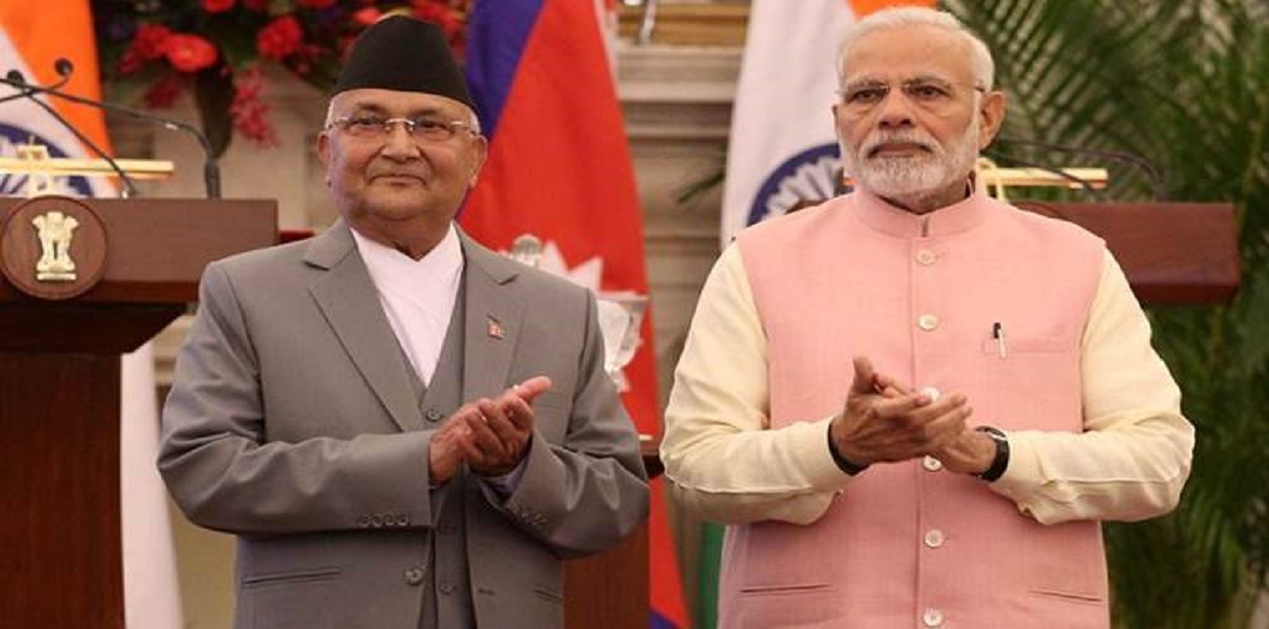
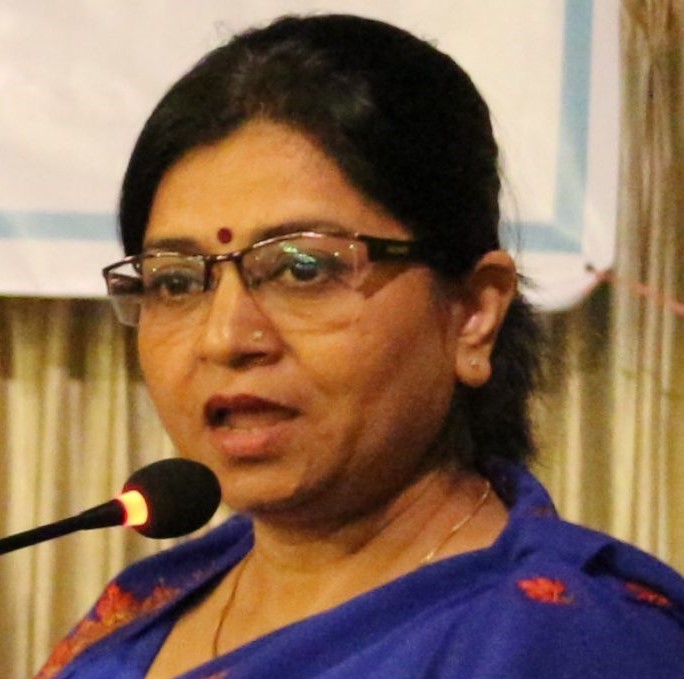


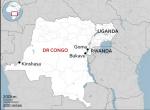
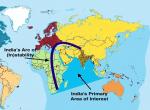

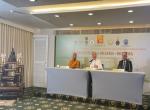


Post new comment